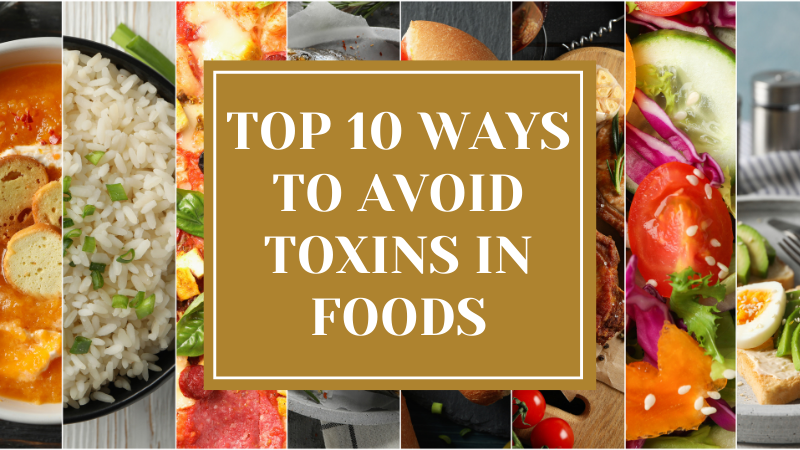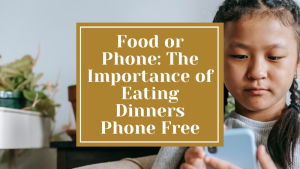-
AVOID SODIUM BENZOATE
This element is a preservative that is most commonly present in soft drinks. Its other name is benzoic acid. Benzene is a toxic substance and a carcinogen.
-
AVOID FOODS WITH ARTIFICIAL FOOD COLORING
When various additives and artificial colorings are tested, they are tested one at a time. This can be a real issue because toxins can be created through a chemical reaction of several elements. For example, if MSG is combined with certain artificial colorings, the effect is about seven times as strong.
-
PAY ATTENTION TO PACKAGING
There are hundreds if not thousands of different chemicals that go into food packaging. It is important to understand that packaging can be a source of toxins.
-
AVOID BPA’S
BPA is a chemical also known as Bisphenol-A. This hormone has been proven to have links to cancer, obesity, and heart disease. Because of this, many manufacturers today avoid BPA and advertise the packaging as BPA-free. However, BPA may be present in plastic food containers and plastic cups. Some research suggests that BPA is present in about 20% of packaged foods in the United States.
-
AVOID PHTHALATES
Phthalates are yet another dangerous chemical that you may find in food packaging. You will rarely see this chemical under this name. More often, you will see the following combinations: DINP, DIBP, DIDP, DUNP, and some others. Phthalates are suspected to have a link to cancers, and liver and kidney diseases.
-
STAY AWAY FROM PFOA AND PFC
PFOA is also known as perfluorooctanoic acid. PFC is perfluorochemicals. These chemicals can be found in nonstick cookware and grease-resistant food packaging. Both of these chemicals are toxic.
-
DON’T BUY FOODS WITH INGREDIENTS YOU DON’T KNOW
It may sound very simple, but when you see a food saying that it is made of “100% organic carrots,” you have a pretty good idea of what’s in the food. When you see a soup of MSG, PFC, and DINP with acesulfame-K, you have reasons to be concerned.
-
PAY ATTENTION TO THE ORDER OF INGREDIENTS ON FOOD LABELS
Food labels are regulated by the Food and Drug Administration. Food manufacturers have to list items according to their amounts of food. This means that the food has more of the first listed ingredient than the second and so on.
-
KNOW THE MOST COMMON TOXINS
Since the number of chemicals and additives in foods today is in the thousands, there is no way you could remember them all. This is simply not realistic. However, you can memorize the most common toxins. For example, always pay attention to such toxins as high fructose corn syrup, aspartame, and artificial colors.
-
KNOW TOXIN NAME VARIATIONS
Food companies commonly list toxic ingredients under different names, especially after the effects of these ingredients become known to the public. For example, MSG can be listed as glutamic acid or textured protein.
You May Also Like:
Top 10 Sources of Toxins in Food and What Toxic Foods to Stay Away From



